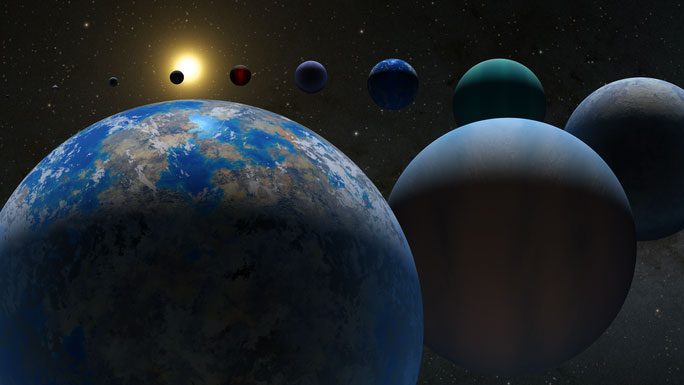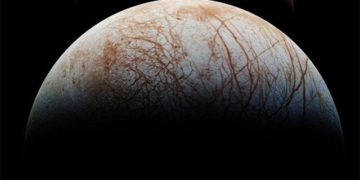New research from the renowned Max Planck Institute (Germany) suggests that humanity may not have found extraterrestrial life simply because we have been searching for the wrong type of planet.
According to Science Alert, rocky planets similar to Earth that orbit metal-rich stars were previously considered the “promised land” for life. However, new research led by Dr. Anna Shapiro from the Max Planck Institute for Solar System Research (Germany) argues that we should look in the opposite direction.
The study indicates that metal-poor stars provide the best environment for life to thrive on surrounding planets, based on an examination of various typical star types.

The new research presents a “screening formula” designed to identify potentially habitable planets among the more than 5,000 worlds recognized by NASA – (Photo: NASA).
As reported by Sci-News, the radiation emitted by stars and their ability to protect against ultraviolet (UV) rays on planets depend on the effective temperature of the parent star.
For younger planets, UV radiation may be necessary to trigger life-forming reactions, but once life has evolved to a certain extent, UV rays can damage DNA and lead to extinction.
Metal-rich stars typically emit less UV radiation, which has led to the belief that they are more hospitable. However, the new research shows that this also depends on the type of UV radiation they emit.
The Sun, for instance, provides Earth with various types of UV radiation, including long-wave UV-B that damages the ozone layer and short-wave UV-C that helps create ozone when interacting with the atmosphere.
Metal-rich stars emit more UV-B than UV-C and vice versa. Consequently, planets orbiting metal-poor stars are more likely to have thicker ozone layers, thus better protecting themselves from harmful UV rays and cosmic radiation.
Earth is a prime example.
This discovery provides a new direction for the search for extraterrestrial life but also brings some bad news: “Every newly formed star has access to building materials that are richer in metals than those of its predecessor stars, meaning stars in the universe are becoming more metal-rich with each generation, thus reducing the likelihood of life emerging as the universe ages.”
The study was recently published in the scientific journal Nature Communications.




















































